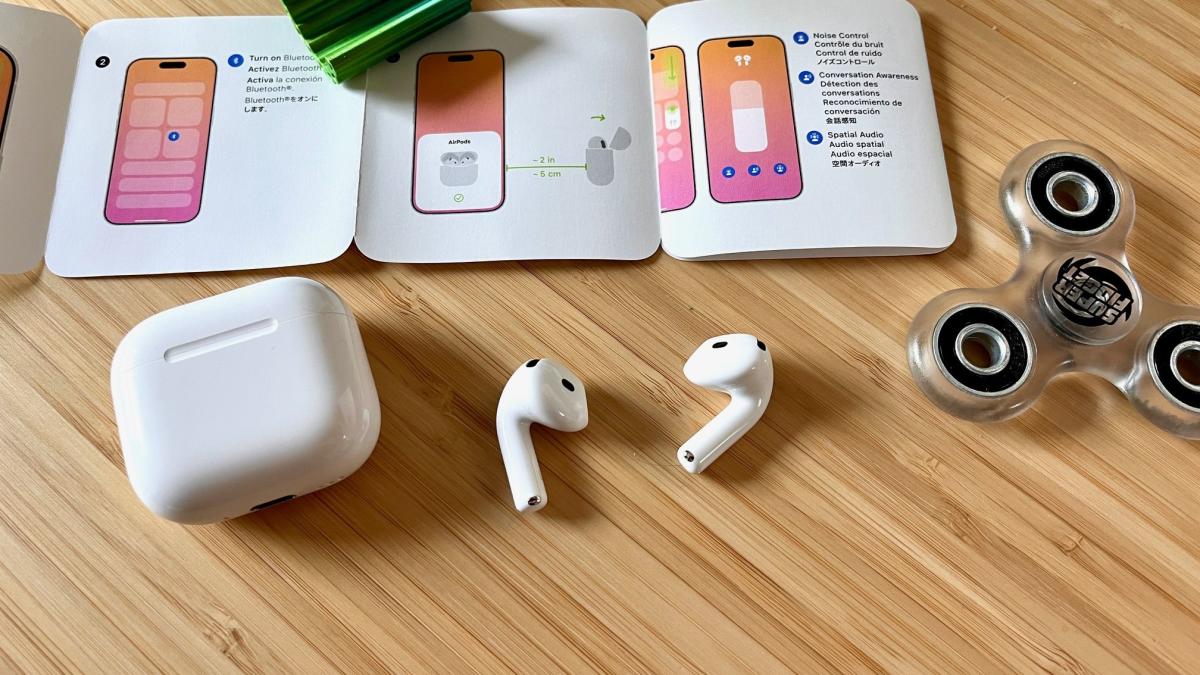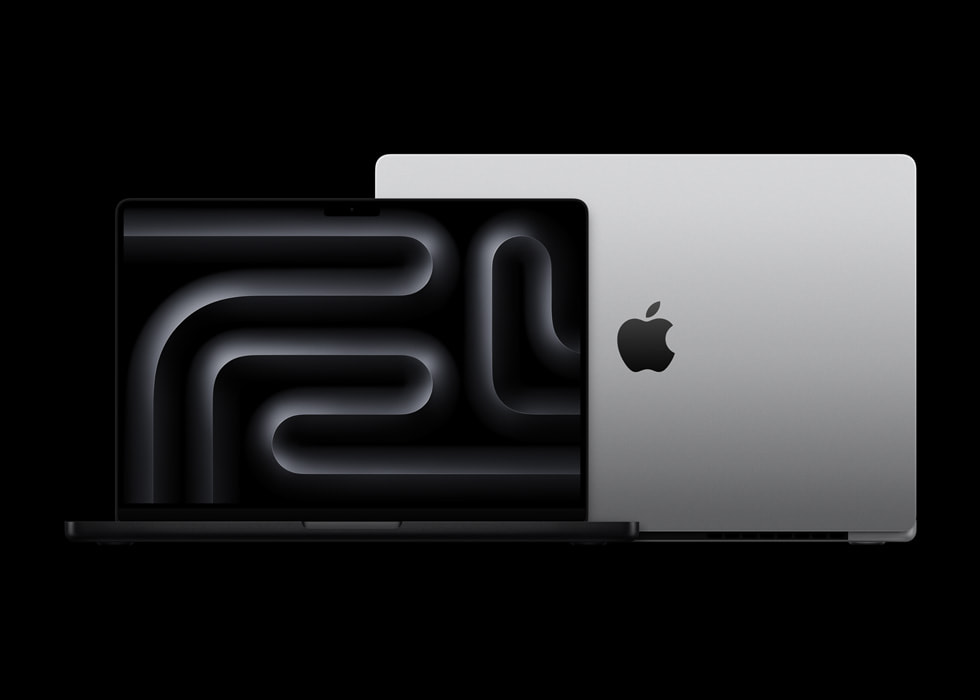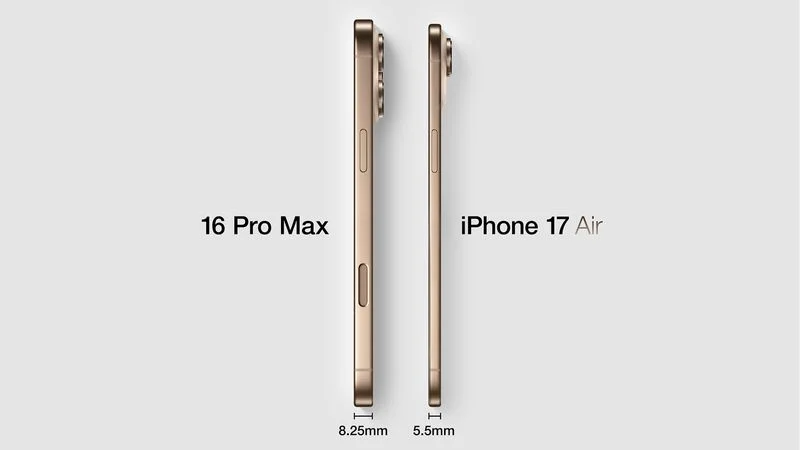Apple has just rolled out a fresh update for Safari Technology Preview, a special browser they first shared in March 2016. This version is like a playground for Apple to try out new ideas they might add to the regular Safari browser later on.
What’s New in Safari Test Version 215
The latest Safari Technology Preview 215 brings tweaks and upgrades to things like styling (CSS), pictures, coding (JavaScript), internet connections, scrolling, text handling, web tools (Web API), and add-ons (Web Extensions). It’s all about making things work better and smoother.
This update works on devices running macOS Sonoma or the brand-new macOS Sequoia, Apple’s latest operating system. You can grab this Safari Technology Preview update through the Software Update option in System Preferences or System Settings, as long as you’ve already downloaded the browser from Apple’s site. If you want the full scoop on what’s changed, check out the release notes on the Safari Technology Preview webpage.
Why Apple Made This Browser
Apple created Safari Technology Preview to hear what developers and everyday users think about its progress. It’s a way to test and improve the browser before changes hit the main Safari everyone uses. The cool part? You can run it alongside the regular Safari browser.
Plus, while it’s built with developers in mind, anyone can download it—no special account is needed. This update keeps Apple’s experimental browser moving forward, giving people a sneak peek at what’s coming while ironing out the kinks. If you’re curious about the future of Safari or just love trying new tech, this might be worth a look!






